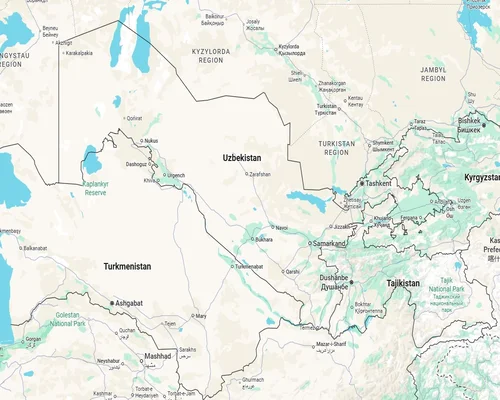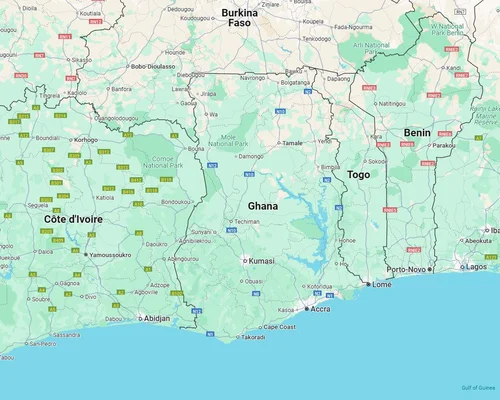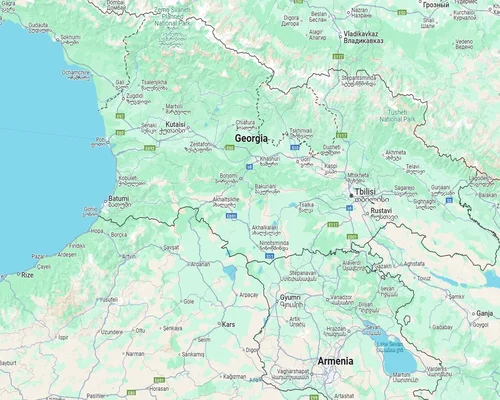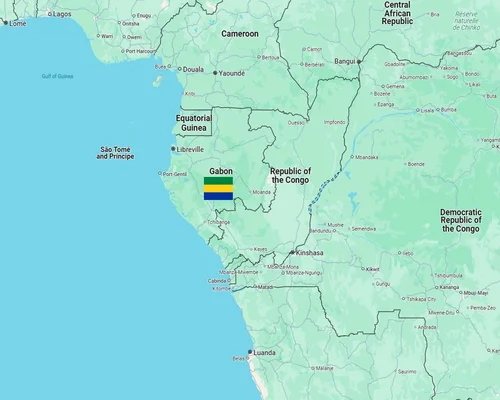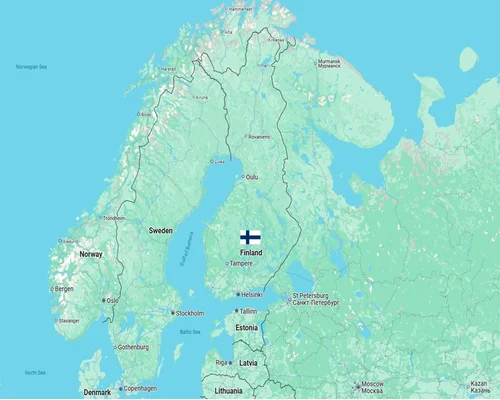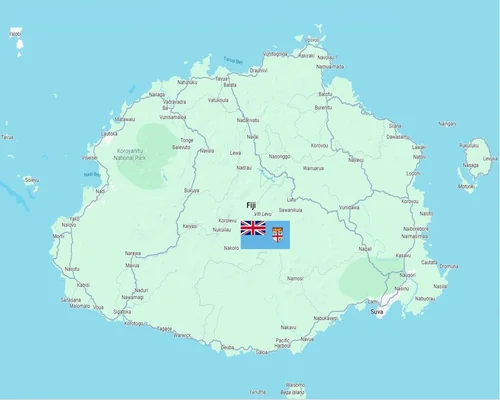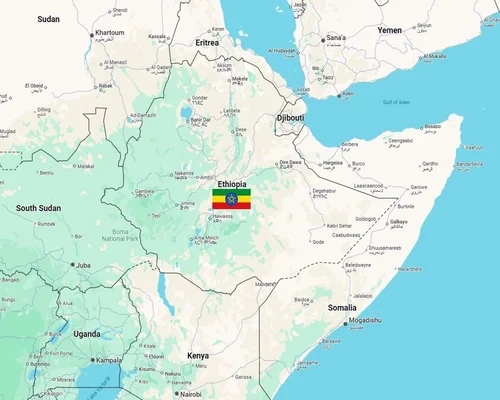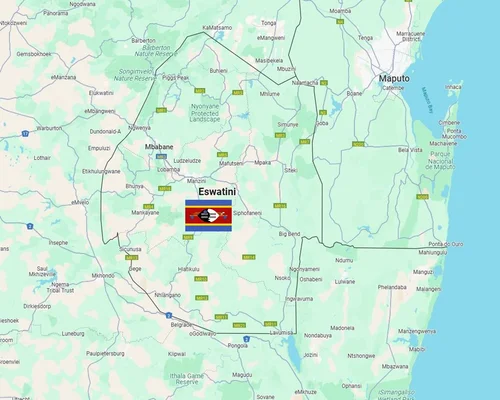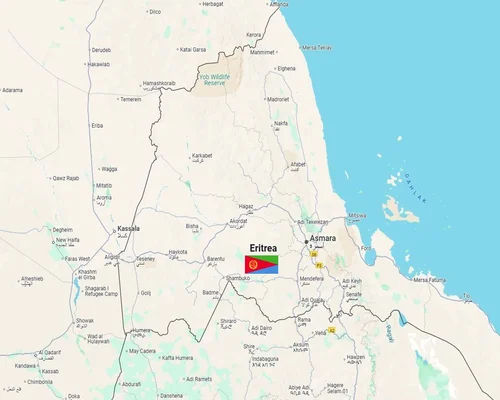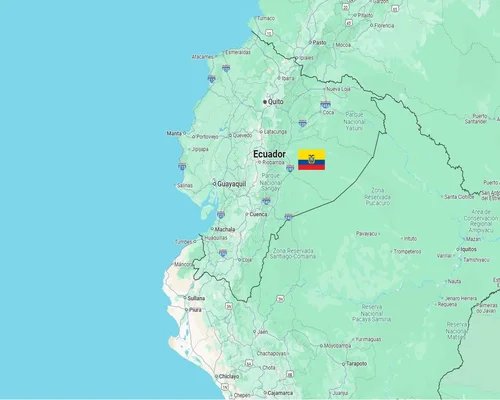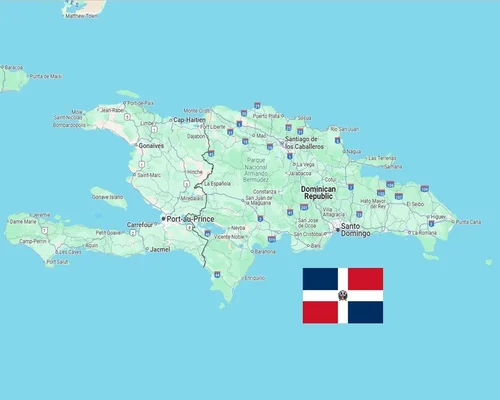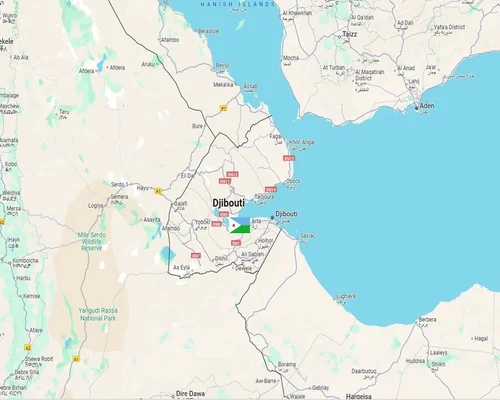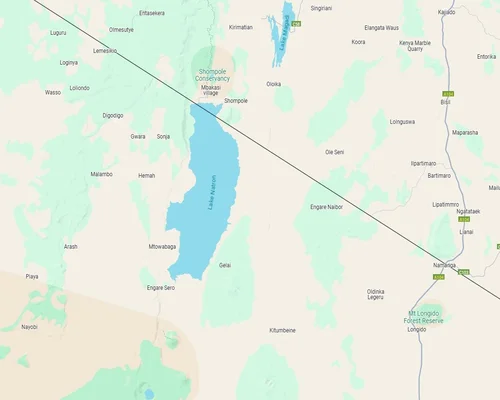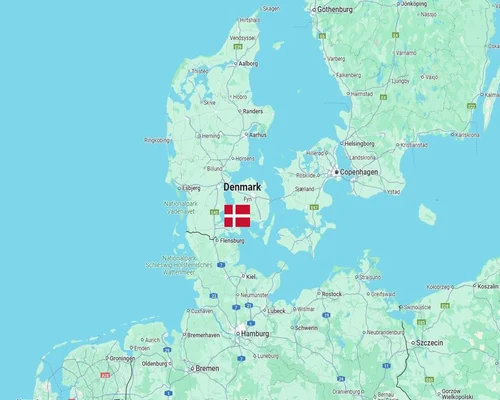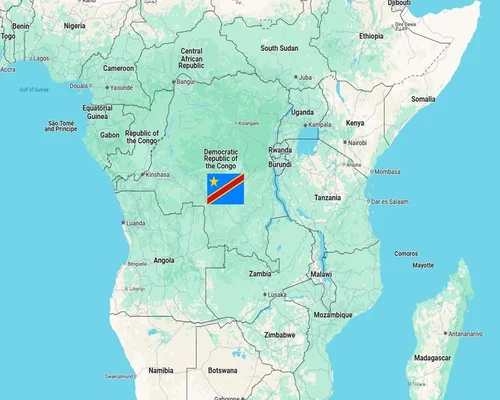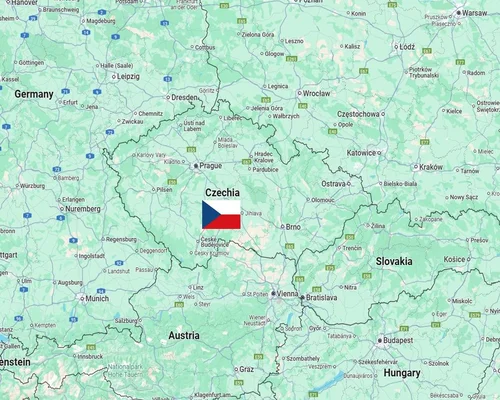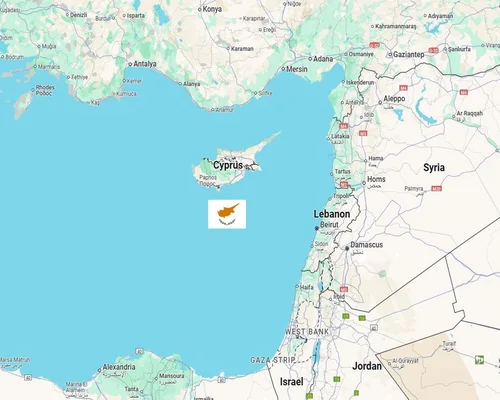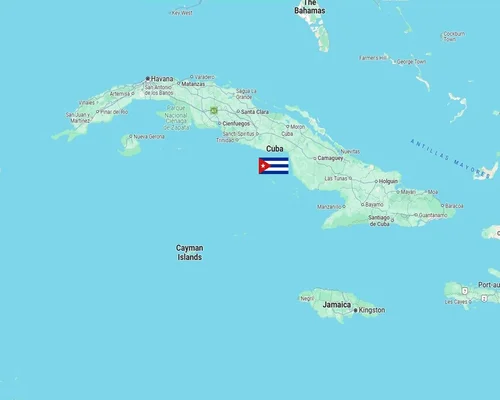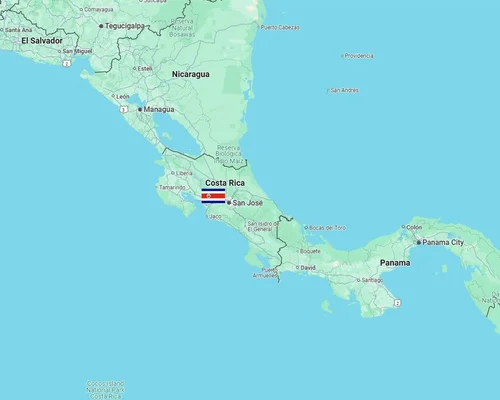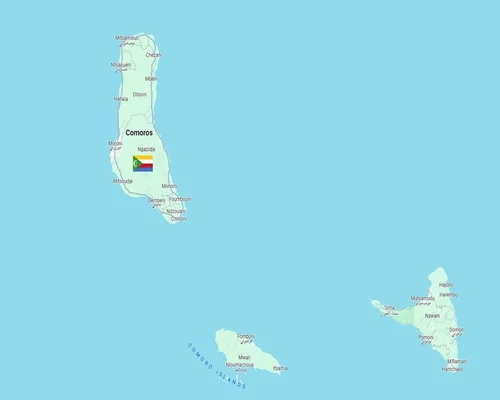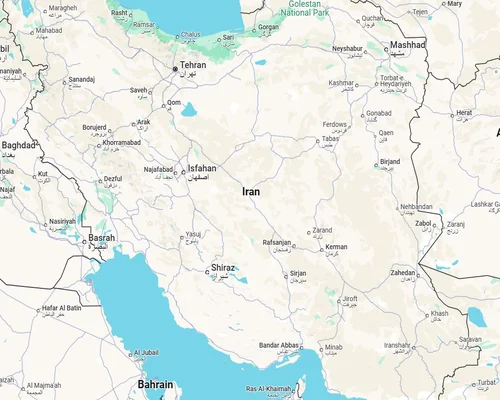
Facts About Iran
Information about Iran
Iran is an important country in the Middle East, famous for its ancient history, cultural heritage, natural resources and geopolitical influence. It was historically known as "Persia". Iran is also at the center of international attention due to its recent political and nuclear programs. Iran, anciently known as Persia, is an important country in the Middle East. Its long history, rich culture and strategic geographical location have given the country an important role in global politics.
Below are some important facts about Iran:
General information:
Capital: Tehran
Government: Islamic Republic (Muslim theocracy). Islamic Republic (established after the Islamic Revolution of 1979).
Supreme Leader: Iran has a dual system of government, with the President as well as the Supreme Leader (Supreme Leader) playing an important role. Ayatollah Ali Khamenei (present).
Language: Farsi (Persian)
Currency: Iranian Rial (IRR)
Official Language: Farsi (Persian language)
Population: About 88 million (2023 est.)
Area: 1,648,195 square kilometers (second largest country in the Middle East)
History and Traditions:
Iran is the center of a civilization that is thousands of years old. Here arose the Persian Empire, one of the oldest empires in the world.
Ancient Empire: The Persian Empire once stretched from Central Asia to Europe.
Conversion to Islam: Muslim conquerors introduced Islam to Iran in the seventh century. Since then Islamic culture and religion became an important part of Iran.
Economy:
Iran economy is mainly dependent on oil and natural gas.
Major Industries: Petroleum, Natural Gas, Agriculture, Minerals.
Oil and Gas Exports: Iran has the world third largest oil reserves and second largest natural gas reserves.
International Sanctions: There are various international sanctions against Iran due to its nuclear program, which has had a profound impact on the economy.
Culture and Religion:
Iranian culture is rich in ancient Persian traditions and is characterized by literature, music, architecture, and art.
Major Religion: About 99% of Iran population is Muslim, with the majority being Shia Muslims.
Nowruz Festival: Nowruz is the Iranian New Year festival, which is celebrated as the Persian New Year celebration and marks the beginning of spring according to the Persian calendar.
Political Context:
Iran has an Islamic Republic system of governance, in which both the Supreme Leader and the President play important roles.
Islamic Revolution (1979): The Islamic Revolution of 1979 ended the rule of the Shah and established the Islamic Republic under the leadership of Ayatollah Khomeini.
Nuclear Program: Iran nuclear program is controversial at the international level. Iran says the program is for peaceful purposes, but Western countries are concerned that Iran wants to develop nuclear weapons.
Recent Situation:
International Sanctions and Agreements: Negotiations with Western countries on Iran nuclear program led to a nuclear deal in 2015. However, in 2018, the US pulled out of the deal and reimposed sanctions, creating a new crisis in Iran economy.
Influence in the Middle East: Iran is regarded as an influential country in various conflicts in the Middle East, with Iranian influence in Syria, Iraq and Yemen.
Natural diversity:
Iran is rich in natural diversity, including deserts, mountains, and tropical forests.
Tourism: Iran has many ancient sites and historical cities, such as Persepolis, Shiraz and Isfahan, which are attractive to tourists.
Geographical Location:
Iran is located in Southwest Asia.
It shares borders with the Caspian Sea to the north, Afghanistan and Pakistan to the east, Iraq and Türkiye to the west, and the Persian Gulf and Gulf of Oman to the south.
History:
Ancient Persian Empire:
The history of Iran is more than 2500 years old. The ancient Persian Empire (Achaemenid Empire) was one of the largest empires in the world.
Advent of Islam:
Islam entered Persia in the 7th century and gradually became the main religion of the country.
Islamic Revolution (1979):
The Shah rule was ended and the Islamic Republic was established under the leadership of Ayatollah Ruhollah Khomeini.
Economy:
Main Sector:
Oil and natural gas are the mainstay of Iran economy. Iran has one of the largest reserves of natural gas and oil in the world.
Other Sectors:
Agriculture, handicrafts, and industrial production (automobiles, electronics, chemicals).
Challenge:
International sanctions have had a major impact on Iran economy. But the country is trying to improve various sectors by becoming self-reliant.
Culture:
Language and Literature:
Persian has a rich literary and poetic tradition. Poets like Omar Khayyam, Rumi, and Hafiz are world famous.
Festival:
Nowruz (Persian New Year) is the main festival of Iran, usually celebrated on March 21.
Religion:
The majority of people in Iran are Shia Muslims. There are also Sunni Muslim, Zoroastrian, Christian, and Jewish communities.
Politics and International Relations:
Nuclear Program:
Iran nuclear program is controversial at the international level. It has been discussed and sanctioned between Iran and Western countries for a long time.
Impact on the Middle East:
Iran exerts a significant influence in various Middle Eastern affairs, particularly in Syria, Iraq, Yemen, and Lebanon.
Recent Situation:
Iran currently faces economic sanctions, human rights conditions, and protests. Iran is playing an important role in various domestic and international affairs.

